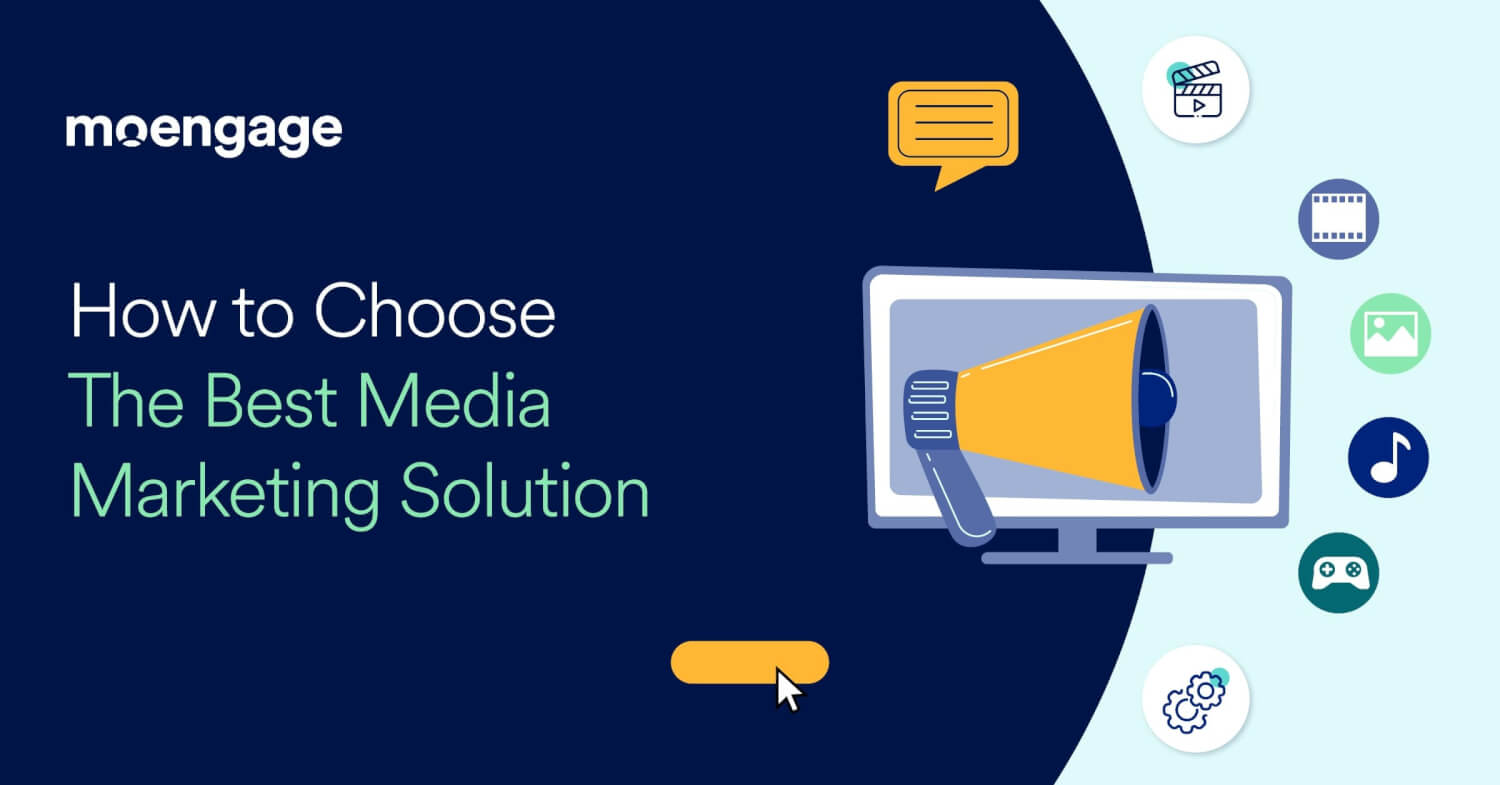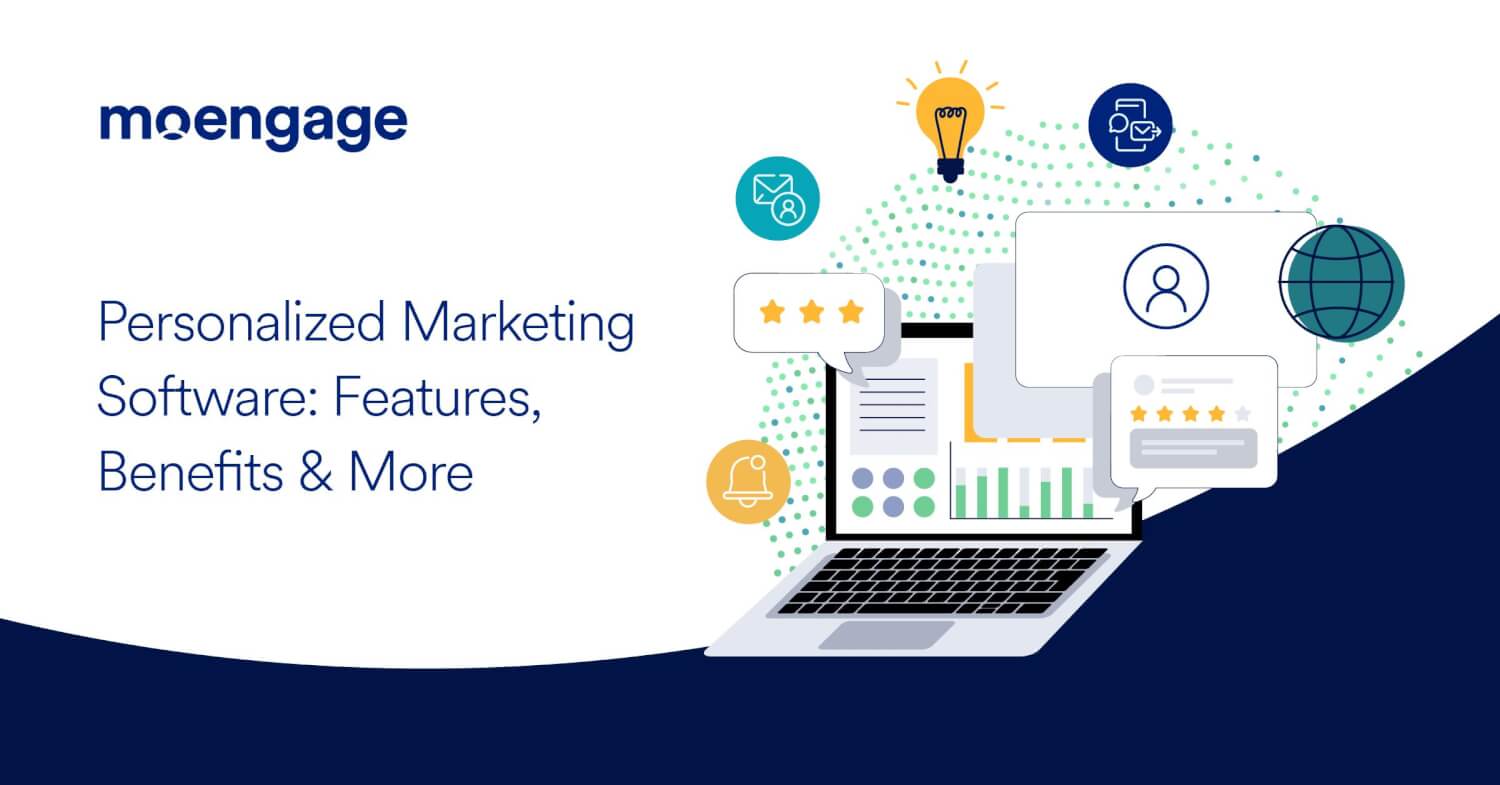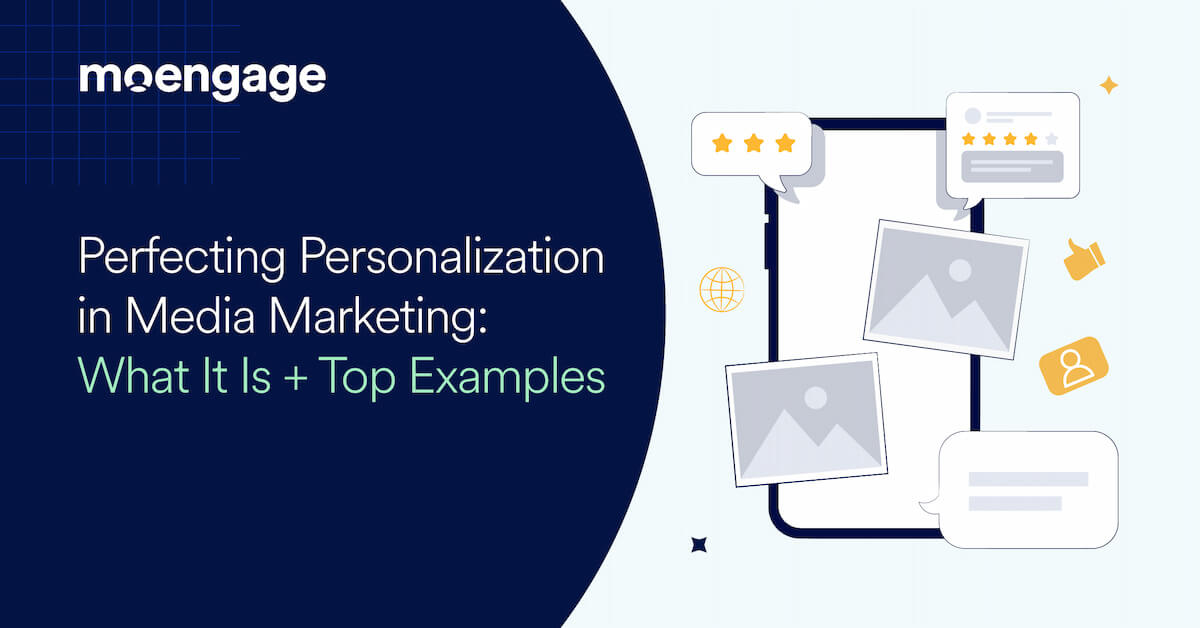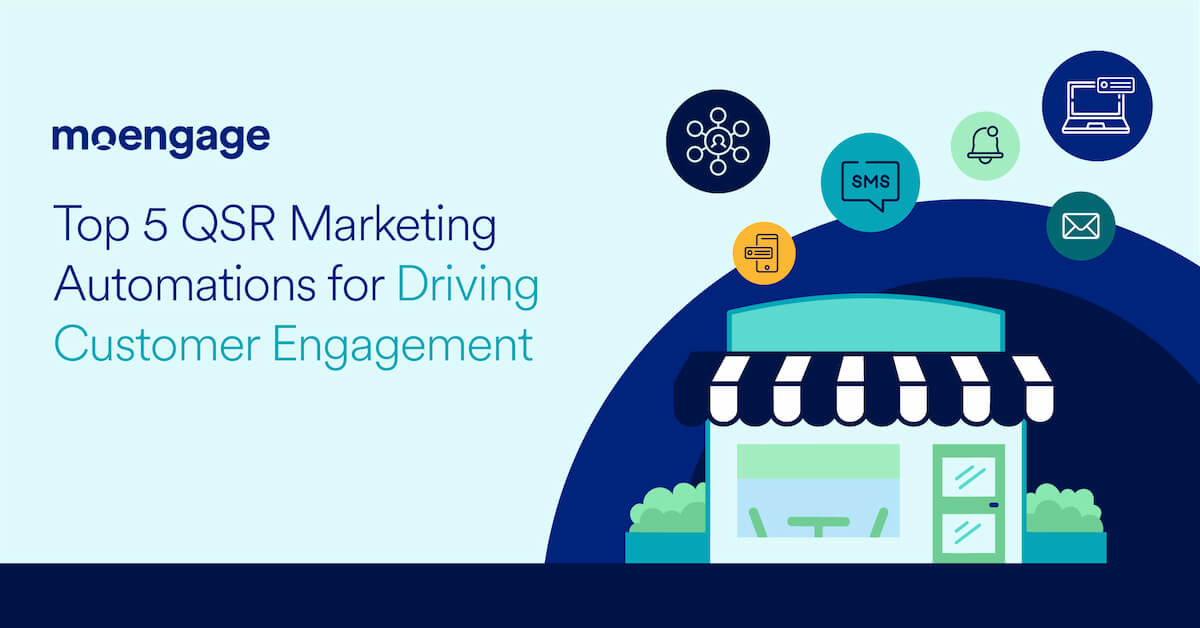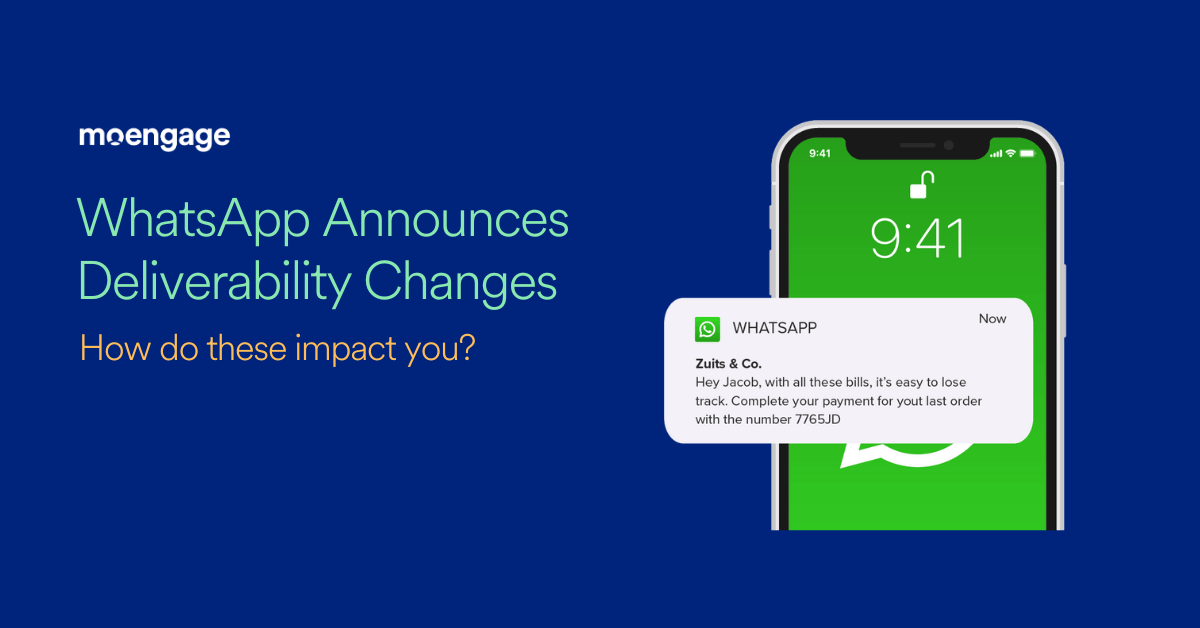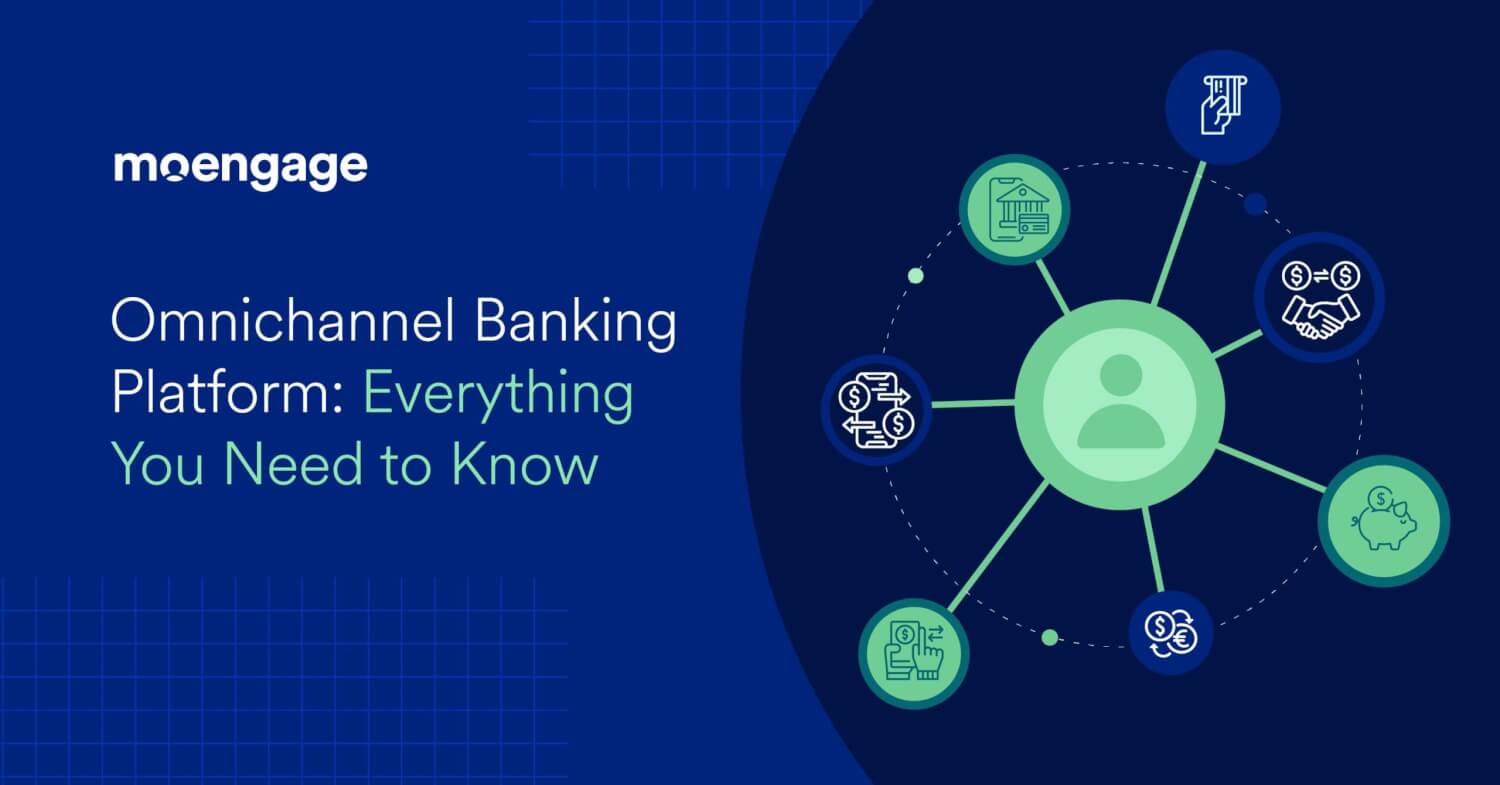Customer Data Platforms (CDPs) – Everything You Need to Know About Them in 2024
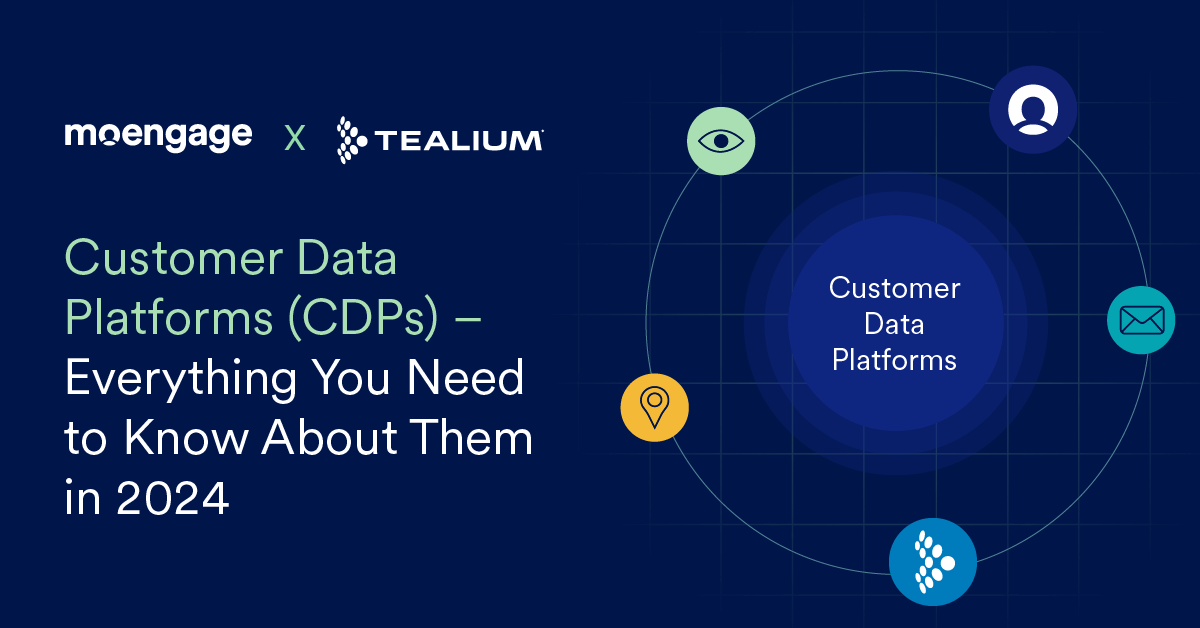
Reading Time: 8 minutes
In the ever-evolving customer engagement landscape, Customer Data Platforms (CDPs) have emerged as crucial tools for brands seeking a unified view of their customers.
In this article, we explore the role of CDPs in consolidating diverse customer data, look at the challenges they address in the modern marketing environment, and delve into the importance of cross-compatibility and vendor neutrality.
Furthermore, we’ll explore the future of CDPs and discuss their pivotal role in navigating the demise of third-party cookies, embracing machine learning, and championing privacy in an era where data ownership becomes a powerful differentiator.
What is a Customer Data Platform (CDP)?
Customer data platforms enable you to collect customer data from multiple sources and collate all data about one customer together to create a unified customer profile.
This means that a customer’s data collected first-party data from owned channels like the web and app and their privacy preferences from the Consent Management Platform (CMP) would be put together in one place, along with their CRM, event marketing, and paid advertising data.
The CDP then combines these data points to build a unified customer profile. Any of the platforms connected can then access this profile.
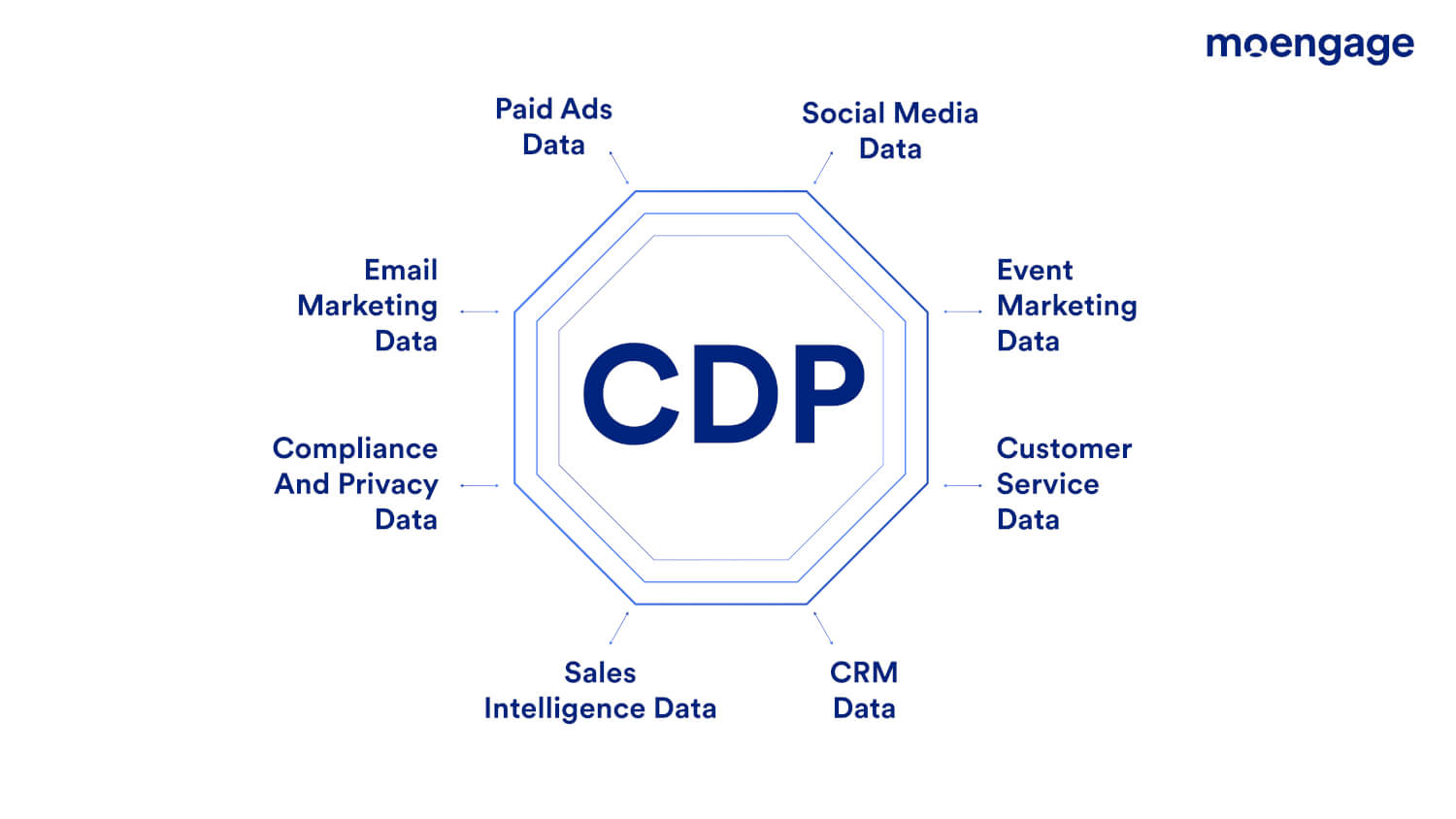
Where Does a CDP Fit in the Modern Customer Engagement Stack, and When Should Brands Consider Implementing One?
According to Forrester Analytics’ Global Business Technographics® Marketing Survey, “ 25% of marketing decision-makers agree that the lack of an enterprise view of master customer data is a problem, and 26% agree that their customer insights team takes too long to deliver needed insights”.
The interviewed decision-makers for this study supported these metrics and discussed their common business and technical challenges, which included:
- Manual data processes were slow and error-prone – Most organizations relied on inefficient manual efforts to piece together customer data across the enterprise’s touchpoints. Data teams spent large amounts of time fulfilling requests for segmentation and struggled with integration across data systems.
- Stale data and the inability to reach customers in real-time hindered campaign effectiveness – When data teams spent days “pushing data around,” the customer insights provided were stale and frequently inaccurate.
As a result, the customer segments did not always receive the right messages, campaigns often underperformed, and stale messaging created poor customer experiences (CX). - Siloed data systems and departments struggled to understand the customer – Without a customer data strategy, the enterprise sales, marketing, and service functions each used separate and siloed tools to analyze customer interactions.As the systems were not integrated or connected to a single source of truth, developing a unified customer profile was impossible. As a result, organizations could neither develop nor execute effectively multichannel marketing strategies.
Points to consider on your marketing maturity and whether you’re at the right point to utilize a CDP
1. The Business Pain
When deciding whether you need a CDP, the best place to start is to identify the business challenges you are trying to address. If your entire customer experience revolves around the in-store experience, with little emphasis on the online experience, a CDP will likely not deliver value.
But if you complement your in-person experience with a website, engage with consumers on social media, have a CRM to manage your customer base, or do some targeted advertising, a CDP will bring all the data behind the customer experience together to improve all those efforts. Understanding the business challenge and the pieces to optimize is critical.
2. Technology and Data Infrastructure
You want to get the most out of the technologies you’ve invested in. However, your technology and data infrastructure probably is underperforming.
According to Gartner, marketing leaders utilize only 58% of their Martech stack’s potential. It’s a little surprise; with so many technologies to keep updated and integrations to manage, marketers will let some things fall through the cracks. Technologies aren’t being used, and silos of data are sitting around.
A vendor-neutral Customer Data Platform gives you the flexibility to work with what you have today and also allows you to connect to future technologies. It ensures the longevity of the CDP investment but also the longevity and productivity of your other Martech investments.
3. Organisation Readiness (People and Processes)
The third is the people or team you have to propel your CDP initiative to success. You will need a strategic, data-driven thinker who “owns” the technology. You’ll also need executive buy-in to support this transformative
technology.
Even small teams can deliver massive value with just a single use case.
Just like you need the right team, you need agreement on the goals and processes driving your CDP initiative.
Understanding your data maturity level as an organization can help determine what a CDP can do for your business.
Calculating the ROI of CDPs
How businesses measure the ROI of a Customer Data Platform is dependent on the use cases.
1. Collecting and managing data in real-time – The most common use cases driving CDP adoption are collecting, managing, and syncing customer data in real-time, creating a 360-degree view of the customer, and powering real-time personalization.
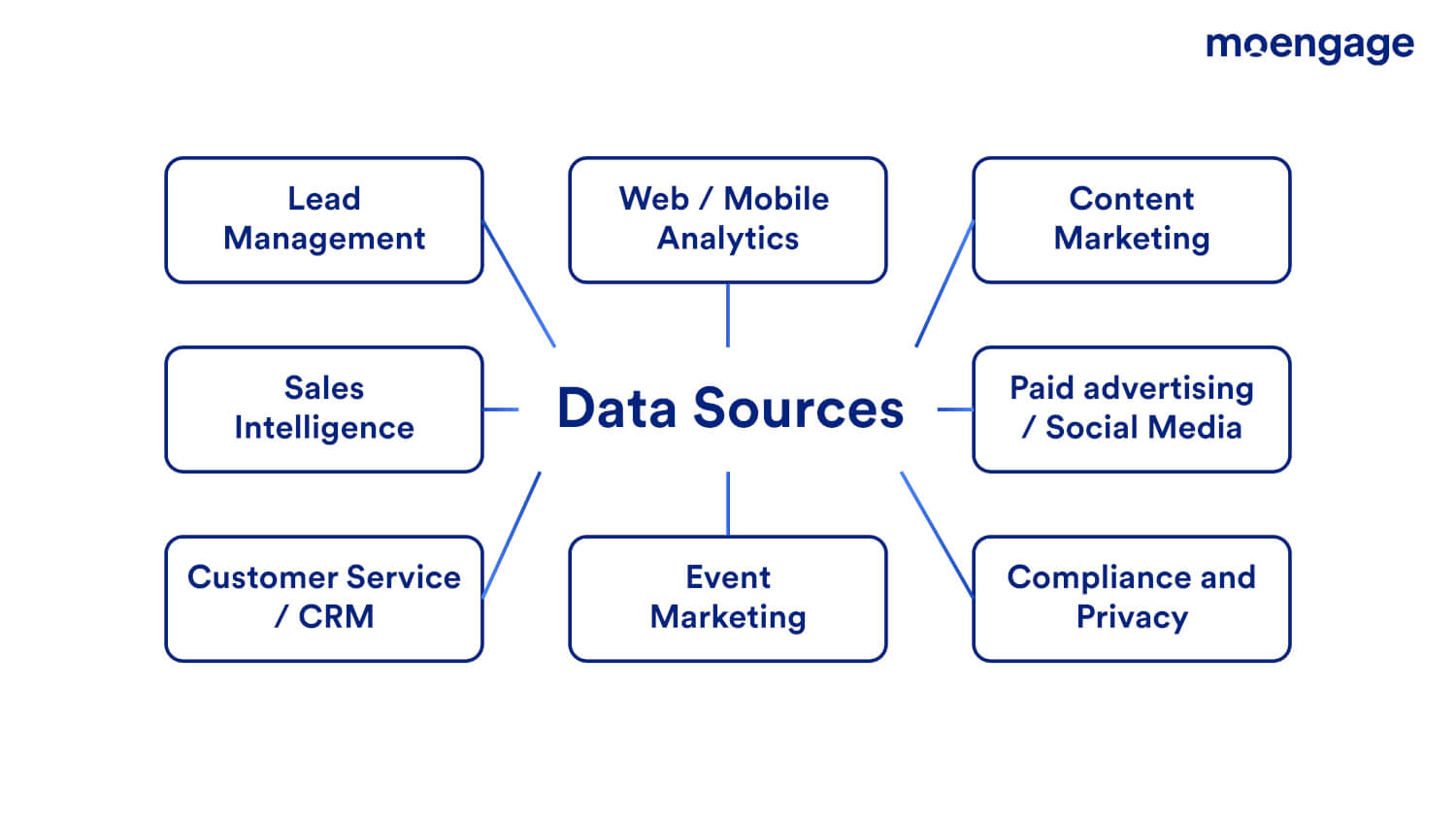
2. Simplify customer data pipelines – When implementing a CDP to simplify customer data pipelines, the best metric to measure ROI is the time saved with internal developer productivity improvements.
For example, how many hours can developers save by not having to implement and maintain numerous vendor integrations?
3. Creating a 360-degree customer profile – When implementing a CDP to create a 360-degree customer profile, you can measure success by analyzing how much your organization can save compared to legacy and/or disconnected systems.
For example, how much time is your team saving by not having to manually unify profiles across tools or write identity resolution logic internally?
4. Real-time personalization – When adopting a CDP to power real-time personalization, you can measure success by tracking the profit gained from customer growth driven by personalization and real-time customer experiences.
For example, how much did revenue increase when you began delivering real-time, personalized experiences powered by high-quality customer data? Furthermore, how much did return on ad spend (ROAS) increase once you were able to suppress customers from receiving offers after they made a purchase?
Why Are Cross-Compatibility and Vendor Neutrality Important, and How Do You Tackle Them?
When it comes to data integrations, having a vendor-neutral Customer Data Platform with pre-built integrations that run the gamut of your tech stack can make implementing a CDP faster, more effective, and more likely to provide the full customer 360 that companies everywhere are striving for.
But why do you need access to easy integration with multiple data sources in your CDP? Moreover, why do you want data integrations? It’s not just that you need this functionality but that having it will be so incredible that you will be fired up to operate your CDP for all the powerful benefits it can bring to your organization.
Customer experience is digital more than ever before, but the ecosystem of data and technologies powering these experiences is rarely based on a single platform.
Companies large and small spend a significant amount of time and resources on getting integrations built. In fact, a report from the CDP Institute surveying marketing leaders found that integration with external systems (53%) tops things like ease of learning and use (51%) or breadth of features (40%) when choosing Martech tools.
To keep the entire journey connected, your business needs more flexibility and options from your CDP to quickly build custom “just for me” integrations, automation, and transformations for your unique stack and use cases.
5 Key Reasons for Vendor Neutrality
1. Single View of a Customer – from Unknown to Known
Vendor-neutral CDPs (utilizing technology like tag management and API hubs for data collection) that don’t rely on full, rigid customer identity data can much more easily collect and unify data relating to both new and unknown customers, thus forming a fuller and more useful view of the customer.
This allows for a truer view of the collective “customer” base, stronger audience creation and activation into campaigns that engage intelligently and create ROI, and is useful for purposes across the customer journey (pre and post-purchase).
2. Real-time
Having robust, pre-built vendor integrations in your CDP ensures you’re able to act in real-time without having to route your data through a patchwork of acquisitions that have been botched to work together as well as possible. It’s like putting a Volvo transmission in a Toyota. Same concept, but not built for a Toyota, and, well, sometimes the clutch just won’t shift.
3. Optimal Privacy Compliance
While it might seem a little counterintuitive, flexibility in a CDP actually enables greater privacy compliance. This is because CDPs that integrate with other tools as part of their core structure can orchestrate privacy across your whole stack beyond the tools supplied by that vendor.
You don’t want privacy to function in a silo. It needs to live within the customer profile, or else you create risk for the organization. The customer profile should be neutral, and CDP vendor integrations and flexibility create that needed neutrality.
4. Ultimate Customer Experience
Ultimately, vendor-neutral CDPs can deliver a comprehensive customer experience that will elevate your organization above the competition. And at the end of the day, customer experience leads to greater long-term success – more upsells, greater lifetime value, and increased brand loyalty.
Future of CDPs
So, what does the future hold for the Customer Data Platform— and, thus, for the companies who invest in this technology?
Perhaps the most exciting thing to come for the CDP industry is that CDPs will become the de facto standard. By this, we mean CDPs are so transformational that, like other cornerstones of the Martech stack, they will be a critical element for many companies in the years to come.
Right now, there are people still trying to figure out what the technology is. Many people still see CDPs as a replacement for a DMP, a personalization tool, or a customer journey tool, but we’re already seeing a shift towards buyers becoming more sophisticated and the technology becoming a standard line item in budgets.
In the near future, having a CDP as a foundational part of your technology stack will be no more unique than having a CRM or CMS.
The Transformation of Third-party Cookies
The death of the cookie has been coming for years, but when Chrome ends third-party cookies, digital marketing will be changed forever.
Advertisers are losing the ability to track consumers across multiple domains and measure the ROI of ad spend. It’s a win for consumer privacy but will limit the effectiveness of current-day digital marketing strategies that don’t use a CDP.
With a CDP in your tech stack, you’ll have the flexibility to meet the rapid tech and consumer changes around the death of the third-party cookie. CDPs help provide a more complete view of the data coming from and going into your ad tech.
But in the third-party cookie-less future, you’ll want to acquire your current customers in your paid media channels— that is, finding lookalikes. As there will be a lower volume of consumers in these channels, it will raise the bid costs. A CDP can help you find better lookalikes to raise conversion rates in this top-of-funnel channel.
The Emergence of Machine Learning
The era of machine learning is upon us. If you’re not on the path to machine learning insights, you’re falling behind your competitors.
As more companies invest in powerful analytical models, the value of those models will depend on the integrity of the data being fed into them. Machine learning will be used to predict behaviors and deliver the best possible next interactions.
CDPs will come with built-in machine learning, allowing marketers to use predictive insights with minimal added effort. But beyond built-in models, CDPs will democratize the building of machine learning models by providing an accurate and reliable data foundation to build upon.
Privacy and Trust are Becoming Powerful Differentiators
Companies will need to be more explicit about how data is used, and they’ll need to be better at providing a value exchange. In other words, companies need to instill trust in their customers and make it worth their while to hand over that information.
Whether it’s financial incentives like discounts, exclusive offers for “members,” or better-personalized experiences, the value of privacy to consumers can’t be overstated.
The Power of Owning Data
Most businesses are just waking up to the power of the data they already have. When combined with the changes to privacy regulations, companies are increasingly looking to take control of their data.
Some are already moving in this direction by only working with media agencies and technologies that allow them to own their data in-house. A combination of data-savvy CMOs and CIOs, along with the evolution of data privacy laws, will drive more companies to look to CDPs as a critical component in the initiative to own their data.
That may mean some changes to the CDP industry. Right now, the SaaS model doesn’t always lend itself to vendor neutrality or data ownership. Avoiding vendor lock-in will be key for foundational technologies like the CDP, and simple APIs won’t be enough.
Companies are already feeling the pressure of big Marketing Clouds that want to own everything. While these may be more of a one-way street, CDPs will diverge to develop an interchange that allows for companies to own their data even more fully — perhaps an open data and schema will become standard for the CDP industry.
Further Reading –1. What is a Customer Data Platform and When to Use a CEP |

